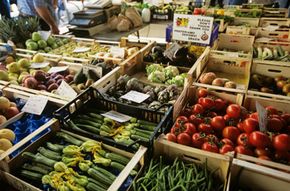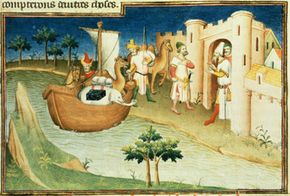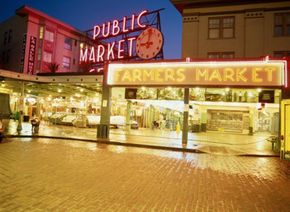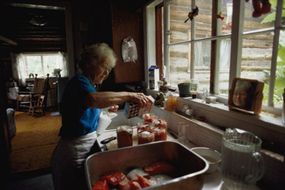Would you give up your morning coffee or even treats like chocolate if doing so helped the environment and the local economy? A growing number of people are willing to make such culinary sacrifices for the sake of their environmental and economic principles. They call themselves locavores or localvores and they limit their food supply to what is grown and produced within a restricted radius.
You'll notice that the word locavore sounds similar to carnivore or herbivore. Just as carnivores eat meat and herbivores eat plants, locavores only eat foods that have been grown locally.
Advertisement
The locavore movement challenges people to buy food grown within a strict radius of where they live -- be it 50 miles, 100 miles, 150 miles (80, 160, or 241 kilometers) or within a state's border. Some homesteaders even jokingly call themselves "yokelvores" because they only eat food that comes from their own backyards. But before you pull out your compass to determine your radius, it's best to know that not all locavores are so rigorous with their definition of what's local.
The idea of committing to eating only locally produced foods has become trendy in the last few years -- so trendy in fact that the word "locavore" was chosen as the 2007 Word of the Year by the New Oxford American Dictionary [source: Oxford University Press].
But why has eating locally become so popular? Does a locavore diet really help the environment and support the economy? In this article, we'll explore the history of the locavore movement, learn why people become locavores and find out how to eat like a local.
Advertisement





